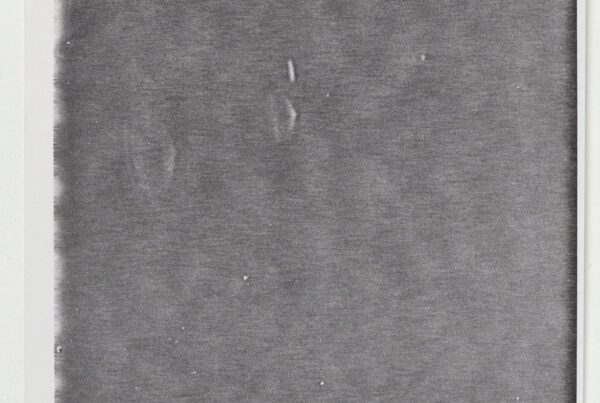
Introduction
The Twin towers at the World Trade Center underwent a complete structure failure in less than two hours. The process began which impacts of wide body jets hitting high floors in each tower. 1WTC was hit almost in the center on the north side opposite the wide side of the core at the 96th floor. As the AA11was banked the starboard engine impacted the above the 94th floor slab, the port engine hit above the 96th floor slab. UA175 hit the South tower on floor at floor 78 opposite the core’s short side. It too was banked and so the impact of the engines was on floor 77 and floor 79. UA175 hit the tower at an angle with an engine exiting the northeast corner. See the NIST NCSTAR 1-2B for details and discussion of the plane impacts. Aside from the severed perimeter columns multiple core columns were severed and multiple core columns were bent.
Fuel from the planes’ tanks entered the building and ignited leading to massive fires over multiple floors involving at least 3 floors in each case. Both towers survived the plane impacts and the fires for up to 2 hrs and then in each case the top descended and destroyed the intact lower sections of each tower.
The only energy input after the planes had hit the towers was the heat from the fires. The fires were fueled by combustible materials in the building as well as thousands of gallons of jet fuel which was released when the nearly filled fuel tanks burst on impact. Fuel entered as liquid and atomized droplets and immediately ignited. It is believed some fuel entered vertical shafts in the buildings and descended to lower floors. The damage from fires below the impact zone had no impact on the collapse of the top blocks in each tower.
++++
The tops appear to descend largely as a block. However it is not possible to know whether the floors within to top blocks had partially or totally broken apart. It would seem that there was some diaphragm function of the slabs of the upper blocks prevented the perimeter from distorting as it fell. Each tower had a hat truss structure on the top 3 floors which was designed to spread the concentrated loads to more than half the core columns rather than the 3 columns below the antenna base.
What happened inside the top block during the period from the plane strike until the “release” and downward motion of the top blocks?
What caused the separation / buckling of the perimeter columns at the moment of release?
Did the top blocks move laterally at release? Or…. what caused the top blocks to move laterally at release? Column buckling seems to be a likely explanation.
Can we explain why the tops moved in the direction that they did? This movement suggests some “asymmetry” was created despite the symmetry of the towers in both the N-S. and E-W axis. Plane damage from UA175 surely introduced asymmetrical damage to the core.
What does heat do to the steel in towers?
a) lower the axial strength – compression and tension of the steel elements
b) cause the steel to expand and distort – beams ... Read even more








